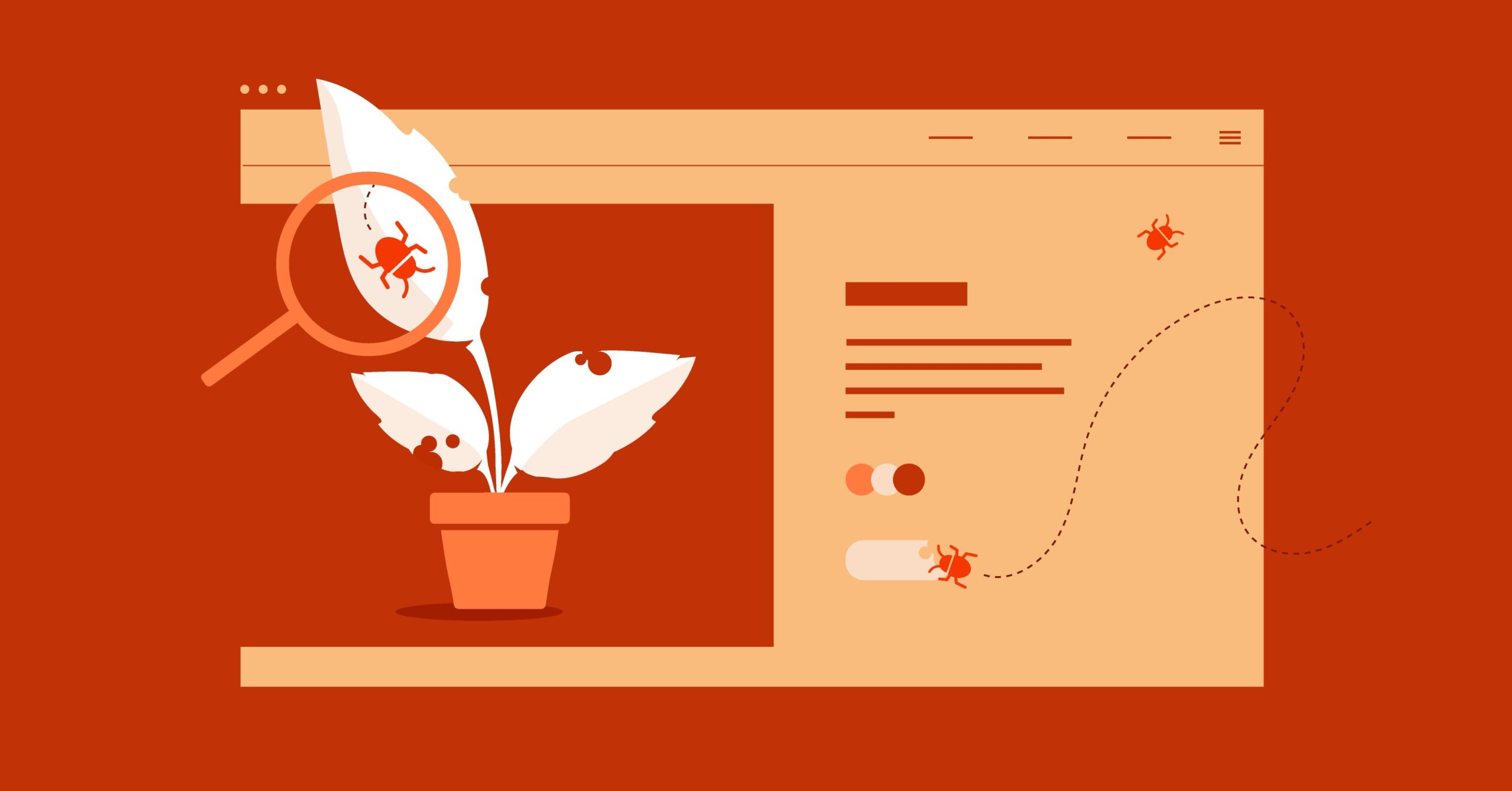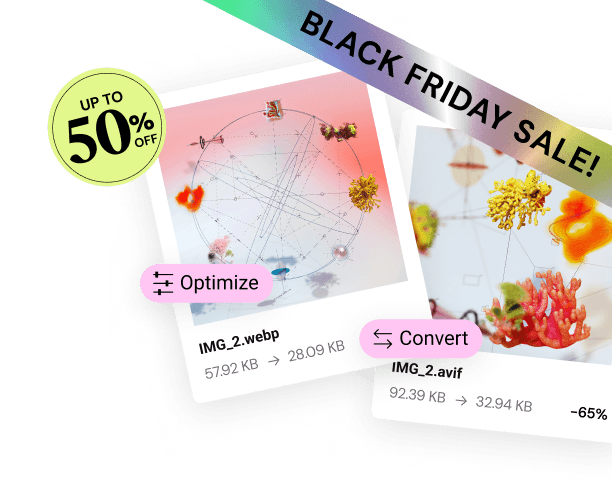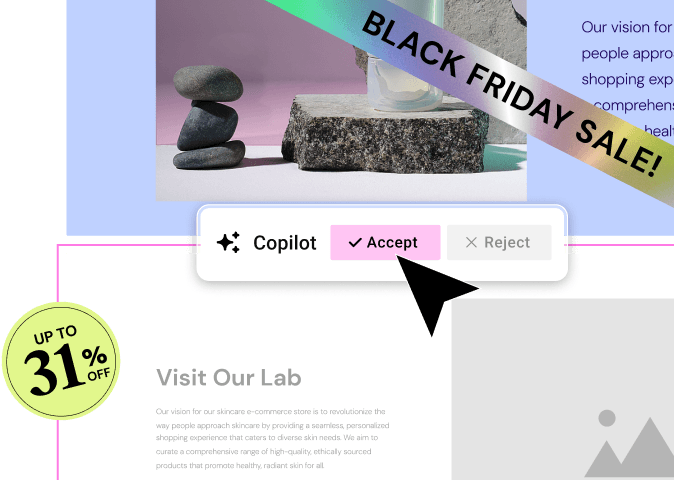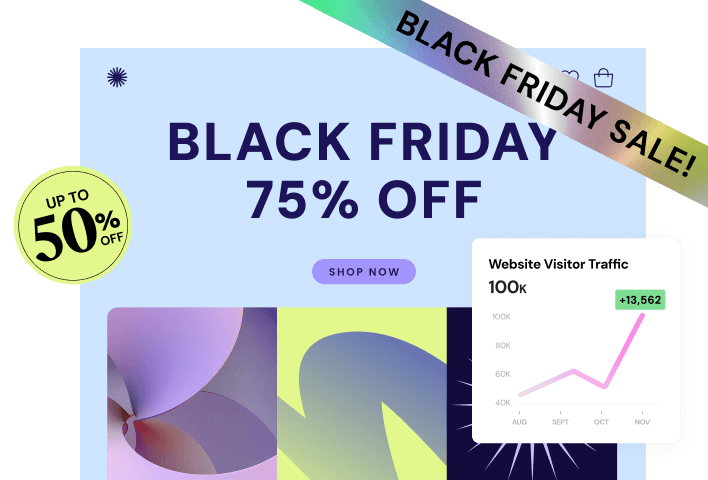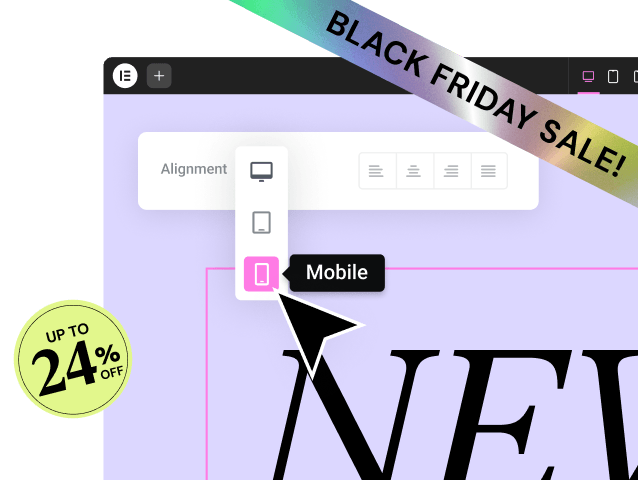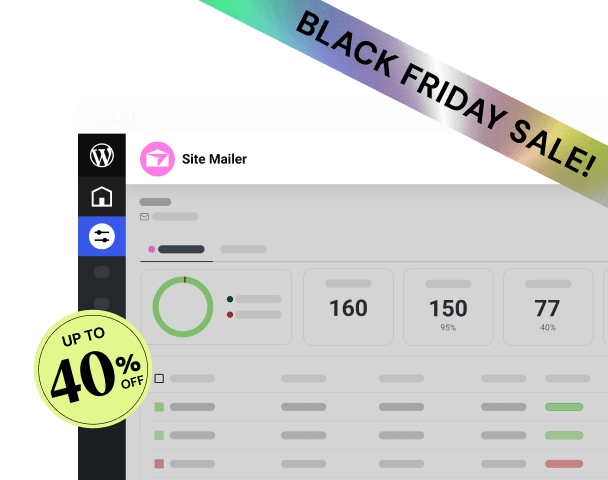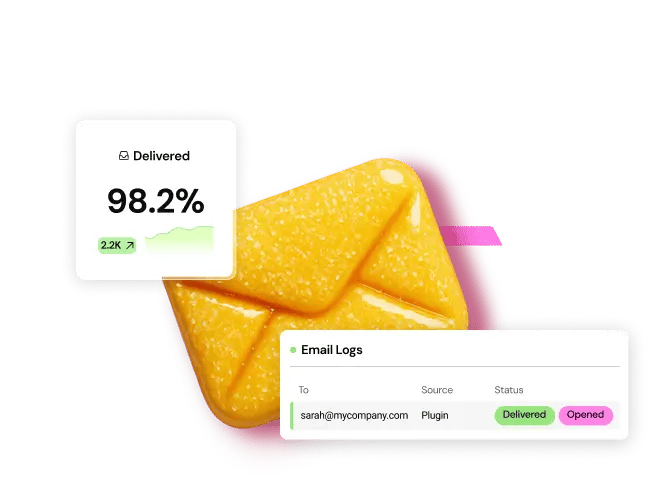Table of Contents
This guide will break down eight of the most effective ways to make money on Amazon in 2025. We will explore each method in detail, from selling your own private label products to leveraging your skills as a freelancer. Whether you’re looking to create a full-time income or a side hustle, you will find a pathway that works for you. We will provide actionable steps, expert insights, and the tools you need to succeed in this competitive yet rewarding environment.
Key Takeaways
- Multiple Business Models: There are numerous ways to earn an income on Amazon, catering to different skill sets and investment levels. The most popular methods include Private Label (FBA), Retail Arbitrage, Wholesale, and Handmade.
- Private Label is King for Branding: Selling private label products through Amazon FBA offers the highest potential for building a long-term, scalable brand. It involves sourcing a generic product, branding it as your own, and leveraging Amazon’s fulfillment network to handle storage, packing, and shipping.
- Low-Cost Entry Points Exist: Methods like Retail Arbitrage and selling handmade goods offer low-risk ways to start. Retail Arbitrage involves buying discounted products from retail stores and reselling them on Amazon for a profit, while Amazon Handmade caters to artisans.
- Leverage Your Skills: You don’t have to sell physical products to make money on Amazon. You can publish your own books through Kindle Direct Publishing (KDP), become an Amazon Influencer, or offer freelance services to other sellers through the Amazon Service Provider Network.
- Building a Brand Beyond Amazon is Crucial: While Amazon provides a massive customer base, successful sellers often build a brand presence outside of the platform. A professional website, built with a tool like Elementor, can help you establish credibility, capture customer data, and drive external traffic to your Amazon listings.
- Amazon’s Ecosystem Offers Tools for Growth: Amazon provides a suite of tools and programs to help sellers succeed, including Fulfillment by Amazon (FBA), robust advertising platforms, and affiliate programs. Understanding and utilizing these tools is key to scaling your business.
1. Build a Brand with Amazon FBA and Private Label
One of the most popular and profitable ways to make money on Amazon is by creating your own private label brand using the Fulfillment by Amazon (FBA) service. This model allows you to build a genuine business asset, a brand that you own and can potentially sell in the future.
What is Private Labeling?
Private labeling is the process of finding a successful product on Amazon, sourcing a manufacturer (often overseas) to produce a similar item, and then applying your own unique branding, logo, and packaging. You aren’t reinventing the wheel. You’re simply improving upon an existing, in-demand product and making it your own.
The key is to differentiate your product. This could mean a higher quality material, a unique color, a bundled accessory, or simply better marketing and customer service.
How Does Amazon FBA Work?
Fulfillment by Amazon (FBA) is the engine that makes the private label model so powerful. Instead of storing, packing, and shipping every order yourself, you send your inventory in bulk to Amazon’s fulfillment centers.
From there, Amazon handles everything:
- Storage: Your products are stored safely in their massive warehouses.
- Order Fulfillment: When a customer buys your product, Amazon’s team picks, packs, and ships it.
- Customer Service: Amazon manages all customer inquiries, returns, and refunds for your FBA orders.
- Prime Eligibility: Your products automatically become eligible for Amazon Prime’s free two-day shipping, a massive conversion booster.
This frees you up to focus on the more critical aspects of your business, like marketing, product development, and scaling your brand.
Step-by-Step Guide to Starting a Private Label Business
- Conduct In-Depth Product Research: This is the most crucial step. You need to find a product with high demand and relatively low competition. Use product research tools like Jungle Scout or Helium 10 to analyze sales data, competition levels, and profitability. Look for products with consistent sales, a low number of reviews, and opportunities for improvement.
- Source a Reliable Supplier: Once you have a product idea, you need to find a manufacturer. Alibaba is the most common platform for sourcing products from overseas. Contact multiple suppliers, request samples to verify quality, and negotiate pricing.
- Create Your Brand and Differentiate: This is where you add value. Design a professional logo and packaging that stands out. Think about how you can make your product better. Can you add a feature? Improve the quality? Offer it in a different color? Your goal is to give customers a reason to choose your product over the competition.
- Create Your Amazon Listing: Your product listing is your digital storefront. It needs to be optimized to convert visitors into customers. This includes:
- High-Quality Images: Invest in professional product photography and lifestyle shots.
- Compelling Copy: Write a keyword-rich title, bullet points, and description that highlight the benefits of your product.
- Enhanced Brand Content (A+ Content): If you’re brand registered, you can create visually rich descriptions with additional images and custom formatting.
- Launch and Market Your Product: Once your inventory arrives at Amazon’s fulfillment center, it’s time to launch. The initial launch phase is critical for gaining traction.
- Run Amazon PPC Ads: Pay-per-click (PPC) advertising is the fastest way to get your product in front of customers.
- Focus on Getting Initial Reviews: Early reviews are essential for building social proof and trust.
- Drive External Traffic: Don’t rely solely on Amazon’s traffic. Building an external presence is key to long-term success. As web creation expert Itamar Haim notes, “A common mistake new sellers make is putting all their eggs in the Amazon basket. Creating your own professional website with a platform like Elementor gives you a home base for your brand. It allows you to build an email list, tell your brand story, and drive targeted traffic to your Amazon listings, which can significantly boost your sales velocity and organic rankings.”
2. Start with Low Risk: Retail Arbitrage
If the idea of creating your own brand and sourcing products from overseas seems daunting, retail arbitrage is an excellent, low-risk way to get your feet wet in the world of Amazon selling.
What is Retail Arbitrage?
The concept is simple: you buy discounted products from brick-and-mortar retail stores and then resell them on Amazon for a profit. You are acting as the middleman, taking advantage of pricing inefficiencies between the local retail market and the national online market.
You might find clearance items at stores like Walmart, Target, or Home Depot. The key is to identify products that are selling for a significantly higher price on Amazon than what you can buy them for in the store.
The Tools of the Trade
To be successful with retail arbitrage, you need the right tools. The Amazon Seller App is your most important asset. This free app allows you to scan the barcode of any product with your phone’s camera. It will instantly show you:
- The current selling price on Amazon.
- The estimated FBA fees.
- Your potential profit.
- The product’s Best Sellers Rank (BSR).
- Whether you are eligible (or “ungated”) to sell that product or brand.
Step-by-Step Guide to Retail Arbitrage
- Download the Amazon Seller App: Get it on your smartphone and connect it to your Amazon seller account.
- Go “Sourcing”: Visit the clearance aisles of your local retail stores. Big box stores, drugstores, and even grocery stores can be gold mines.
- Scan Everything: Don’t make assumptions about what will be profitable. Scan every item that looks like a good deal. The data from the app will tell you if it’s a winner.
- Analyze the Data: Look for a healthy profit margin (many sellers aim for at least a 50% ROI) and a low BSR. A low BSR (closer to #1) indicates that the product sells frequently.
- Purchase Your Inventory: Buy the profitable items you find.
- List and Ship: List the products on Amazon and ship them to an FBA fulfillment center. Amazon’s FBA service is particularly useful for arbitrage, as it saves you from having to store and ship dozens of different products yourself.
Retail arbitrage is a numbers game. The more you source, the more opportunities you will find. It’s a great way to learn the ins and outs of the Amazon platform without a significant upfront investment.
3. Scale Up with Wholesale
Wholesaling on Amazon is a step up from retail arbitrage. Instead of buying clearance items one by one, you purchase products in bulk directly from established brands or their authorized distributors at a wholesale price. You then resell these products on existing Amazon listings.
Why Choose Wholesaling?
- Scalability: Wholesaling is far more scalable than retail arbitrage. Once you establish a relationship with a supplier, you can reorder proven, profitable products consistently.
- Proven Demand: You are selling products from established brands that already have a customer base and demand on Amazon. You don’t have to create demand from scratch.
- Less Risky Than Private Label: You aren’t investing in creating a new brand. You are piggybacking on the success of existing ones.
The Challenge of Wholesaling
The biggest hurdle in wholesaling is securing accounts with brands and distributors. Many popular brands are protective of their distribution channels and may not be open to new Amazon sellers.
Success in wholesaling often comes down to your ability to build relationships and prove your value as a seller.
Step-by-Step Guide to Wholesaling
- Find Potential Brands: Look for established brands on Amazon that have a strong sales history but could use more sellers. You are looking for listings where the brand itself isn’t the sole seller.
- Open Wholesale Accounts: This is the hard part. You need to contact the brand or its distributors and apply for a wholesale account. This often requires having a registered business and a resale certificate.
- Negotiate Pricing and Purchase Inventory: Once you have an account, you can purchase products in bulk. The larger your order, the better your pricing will likely be.
- List on Existing Amazon Listings: You don’t create new listings in the wholesale model. You add your offer to the existing product detail page.
- Win the Buy Box: Multiple sellers often compete on the same listing. Your goal is to “win the Buy Box,” which is the “Add to Cart” button that accounts for the vast majority of sales. Amazon’s algorithm determines the Buy Box winner based on factors like price, fulfillment method (FBA is a huge advantage), and seller metrics.
Wholesaling requires more capital and effort upfront to secure accounts, but it can lead to a more stable and scalable business than arbitrage.
4. Publish Your Own Books with Kindle Direct Publishing (KDP)
If you’re a writer, expert, or creative, Amazon’s Kindle Direct Publishing (KDP) platform offers an incredible opportunity to publish your work and reach a global audience of millions, without needing a traditional publishing deal.
What is KDP?
KDP is Amazon’s self-publishing platform. It allows you to upload your manuscript, create a cover, and publish your book for sale in the Amazon Kindle Store. You can publish both ebooks and paperback versions (through a print-on-demand service).
Why Publish on KDP?
- Massive Audience: The Kindle Store is the largest ebook marketplace in the world.
- High Royalties: You can earn up to 70% royalties on your ebook sales, a much higher rate than traditional publishing.
- Full Creative Control: You control the content, cover design, pricing, and marketing of your book.
- Passive Income Potential: Once your book is published, it can continue to generate sales and royalties for years to come, creating a source of passive income.
Types of Books to Publish on KDP
You can publish almost any kind of book, but some of the most profitable categories include:
- Non-Fiction: “How-to” guides, self-help books, business books, and niche topic guides are incredibly popular. If you have expertise in a specific area, you can turn that knowledge into a book.
- Fiction: Romance, mystery, and science fiction have huge, dedicated readerships on the Kindle platform.
- Low-Content and No-Content Books: This is a growing trend. These are books like journals, planners, logbooks, and coloring books. You create the cover and the simple interior template, and Amazon prints it on demand when a customer orders it.
Step-by-Step Guide to KDP
- Write Your Book: This is the core of the process. Focus on creating high-quality content that provides value to the reader.
- Edit and Format: It’s essential to have your book professionally edited and formatted for both Kindle and paperback.
- Create a Professional Cover: Your cover is the most important marketing tool. People do judge a book by its cover. You can hire a designer on a platform like 99designs or create your own using tools like Canva.
- Create Your KDP Account and Upload: Set up your free KDP account, upload your manuscript and cover files, and write a compelling book description.
- Choose Keywords and Categories: Select relevant keywords and categories to help readers discover your book in the Kindle Store.
- Set Your Price and Publish: Decide on a price for your ebook and paperback. Once you hit publish, your book will typically be live in the Kindle Store within 72 hours.
- Market Your Book: Publishing is just the beginning. You need to market your book to drive sales. This can include running Amazon Ads, promoting on social media, and building an author email list.
5. Sell Your Crafts on Amazon Handmade
For artisans and crafters, Amazon Handmade is a dedicated marketplace to sell your unique, handcrafted goods. It’s Amazon’s answer to Etsy, but with the added benefit of access to Amazon’s massive customer base and fulfillment network.
What is Amazon Handmade?
Handmade is an artisan-only community on Amazon. To be eligible, your products must be made entirely by hand, hand-altered, or hand-assembled. This is not the place for mass-produced items. The categories include jewelry, home goods, beauty products, clothing, and more.
The Advantages of Amazon Handmade
- Less Competition: Because it’s an invite-only, audited platform, there is significantly less competition than on the main Amazon marketplace.
- Higher Profit Margins: Handmade products typically command higher prices, and with less direct competition, you can maintain healthier profit margins.
- Prime Shipping: You can use Amazon FBA for your handmade products, making them eligible for Prime shipping. This is a significant advantage over other handmade marketplaces.
- Credibility: Selling on the Amazon platform lends a level of trust and credibility to your craft business.
How to Get Started with Amazon Handmade
- Apply to Become a Handmade Seller: You need to fill out an application that details your crafting process. Amazon reviews each application to ensure the products are genuinely handmade.
- Create Your Artisan Profile: Once approved, you can create a custom profile to tell your story and showcase your craft.
- List Your Products: Create detailed product listings with high-quality photos. Handmade listings have a different look and feel than standard Amazon listings, allowing you to better showcase the uniqueness of your items.
- Choose Your Fulfillment Method: You can either fulfill orders yourself (Fulfillment by Merchant – FBM) or use FBA. Using FBA is highly recommended to tap into the Prime customer base.
- Promote Your Shop: Drive traffic to your Handmade store through social media, a personal blog, or even a dedicated designer website that showcases your portfolio and links to your Amazon listings.
6. Become an Amazon Influencer
The Amazon Influencer Program is an extension of the Amazon Associates (affiliate) program. It’s designed for social media influencers who want to create their own curated storefront on Amazon.
How Does the Influencer Program Work?
Instead of sharing individual affiliate links, influencers get their own custom Amazon URL (e.g., https://www.google.com/search?q=amazon.com/shop/yourname). On this page, they can create lists of their favorite products. When a follower visits their storefront and makes a purchase, the influencer earns a commission.
This is a much more streamlined and visually appealing way to promote Amazon products compared to dropping raw affiliate links in a social media bio.
Who is Eligible?
Amazon looks for influencers with a qualifying number of followers on platforms like YouTube, Instagram, TikTok, or Facebook. The exact follower count isn’t public, but you need an engaged audience. The application process is straightforward, and Amazon will analyze your social media metrics to determine eligibility.
Steps to Become an Amazon Influencer
- Build Your Social Media Following: Focus on a specific niche and create valuable content to grow an engaged audience on your chosen platform.
- Apply for the Program: Visit the Amazon Influencer Program homepage and apply. You will connect your social media account for Amazon to review.
- Create Your Storefront: Once approved, you can start building your storefront. Create curated idea lists around specific themes (e.g., “My Favorite Kitchen Gadgets,” “Fall Fashion Essentials”).
- Promote Your Storefront: Share your custom URL in your social media bios, on your blog, and in your video descriptions.
- Create Content Featuring the Products: The most successful influencers create content that naturally integrates the products they are recommending. This could be a YouTube review, an Instagram story, or a TikTok video demonstrating the product in use.
7. Provide Freelance Services for Other Sellers
The Amazon marketplace is a complex ecosystem. Many sellers, especially those new to the platform or looking to scale, need help with various tasks. If you have expertise in areas like marketing, design, or logistics, you can offer your services to other Amazon sellers.
The Amazon Service Provider Network
Amazon has its own official directory of vetted third-party service providers called the Amazon Service Provider Network. Getting listed here can give you a steady stream of clients.
Types of Services in High Demand
- Listing Optimization: Writing compelling, keyword-optimized titles, bullet points, and descriptions.
- Product Photography: Professional-grade product images are a must-have, and many sellers outsource this.
- Amazon PPC Management: Many sellers struggle to run profitable ad campaigns and will hire an expert to manage their PPC.
- A+ Content and Storefront Design: Creating visually appealing Enhanced Brand Content and brand storefronts.
- Translation Services: For sellers looking to expand to international Amazon marketplaces.
- Accounting and Bookkeeping: Helping sellers manage their finances and inventory.
How to Get Started
- Develop Your Expertise: Become a true expert in one or two key areas.
- Build a Portfolio: Offer your services at a discount (or even for free) to a few sellers to build a portfolio of successful projects and gather testimonials.
- Market Your Services: You can find clients on freelance platforms like Upwork and Fiverr. You can also network in Amazon seller Facebook groups and forums.
- Apply to the Service Provider Network: Once you have a proven track record, apply to be listed in Amazon’s official network for maximum visibility.
8. Join the Merch by Amazon Program
Merch by Amazon is a print-on-demand service that allows you to sell custom-designed t-shirts, hoodies, and other apparel directly on Amazon without any upfront investment or inventory risk.
How Does Merch by Amazon Work?
- Create a Design: You create a piece of artwork or a slogan for a t-shirt.
- Upload Your Design: You upload your design to the Merch by Amazon platform, choose the product types and colors you want to sell it on, and set your price.
- Amazon Creates a Listing: Amazon automatically creates a product listing for your item on the main Amazon marketplace.
- A Customer Buys It: When a customer orders your shirt, Amazon prints it, packs it, and ships it to them.
- You Earn a Royalty: You earn a royalty on every sale. You don’t have to handle inventory, printing, or shipping.
Why Merch by Amazon is a Great Opportunity
- No Upfront Costs: You don’t pay anything until you make a sale. There is no need to buy inventory.
- Completely Passive: Once your design is live, it can generate sales for years without any additional effort.
- Access to Prime: Your products are sold on Amazon and are eligible for Prime shipping, which is a huge advantage.
Getting Started with Merch by Amazon
The program is currently invite-only, so you will need to request an invitation on the Merch by Amazon homepage. The approval process can take some time.
Once you are in, success comes down to creating designs that tap into current trends, holidays, or specific niches. It’s a volume game. The more high-quality designs you have live, the more you are likely to sell.
Frequently Asked Questions (FAQ)
1. How much money do I need to start selling on Amazon? This varies greatly depending on the business model. For Retail Arbitrage, you can start with as little as $100 to buy your initial inventory. For Private Label, a more realistic starting budget is between $3,000 and $5,000 to cover product sourcing, branding, and initial marketing costs. Models like KDP and Merch by Amazon can be started with almost no money upfront.
2. What is the difference between FBA and FBM? FBA (Fulfillment by Amazon) is when you send your products to Amazon’s warehouses, and they handle storage, packing, shipping, and customer service. FBM (Fulfillment by Merchant) is when you, the seller, are responsible for storing your inventory and shipping orders directly to customers yourself. For most new sellers, FBA is the recommended path due to the benefits of Prime eligibility and reduced workload.
3. Do I need a registered business to sell on Amazon? You can start selling as a sole proprietor using your personal information. However, as your business grows, it is highly recommended to form an LLC (Limited Liability Company) for legal protection and tax purposes. For business models like Wholesaling, having a registered business is often a requirement to open accounts with suppliers.
4. What are the most common fees for Amazon sellers? The main fees are the Referral Fee (a percentage of the sale price, typically 15%, that Amazon takes on every sale) and the FBA Fees (if you use FBA, these fees cover the cost of storage and fulfillment). There is also the option of a Professional Seller account for $39.99/month, which is necessary if you plan to sell more than 40 items per month.
5. How do I find a profitable product to sell? Product research is a skill. It involves using tools like Jungle Scout or Helium 10 to analyze Amazon’s data. You should look for products with a healthy demand (consistent monthly sales), low competition (few sellers with a low number of reviews), and opportunities for improvement or differentiation. Avoid overly saturated or seasonal markets when you are just starting.
6. Is it too competitive to start selling on Amazon in 2025? While the marketplace is more competitive than it was a decade ago, there are still immense opportunities. The key to success is to find a niche, differentiate your product, and build a real brand. Sellers who focus on quality, excellent customer service, and smart marketing can still build highly profitable businesses.
7. How important is it to have my own website if I’m selling on Amazon? While not strictly necessary to start, having your own website is a crucial step in evolving from an “Amazon seller” to a “brand owner.” A professional website, which you can easily create with a platform like Elementor, gives you a central hub for your brand. It’s a place to tell your brand story, build an email list (your most valuable asset), and drive external traffic to your Amazon listings, which Amazon’s algorithm rewards.
8. What is the “Buy Box” and why is it important? The “Buy Box” is the white box on the right side of the product detail page where customers can click “Add to Cart” or “Buy Now.” Over 80% of Amazon sales go through the Buy Box. When multiple sellers are on the same listing (common in wholesale and arbitrage), they compete for a share of the Buy Box. Factors like price, fulfillment method (FBA has a strong advantage), shipping time, and seller metrics determine who wins it.
9. Can I sell on Amazon from outside the United States? Yes, absolutely. Amazon has a global selling program that allows you to sell in any of its marketplaces (North America, Europe, Asia, etc.) regardless of where you are located. You will need to comply with the business and tax regulations for both your home country and the country where you are selling.
10. What is the A9 Algorithm? A9 is the name of Amazon’s search algorithm. It’s the system that decides which products appear at the top of the search results when a customer types in a query. A9 prioritizes products that are most likely to result in a sale. Key ranking factors include keyword relevance in your title and description, sales velocity (how quickly a product sells), conversion rate, customer reviews, and price. Optimizing your listing for the A9 algorithm is critical for organic visibility.
Looking for fresh content?
By entering your email, you agree to receive Elementor emails, including marketing emails,
and agree to our Terms & Conditions and Privacy Policy.
